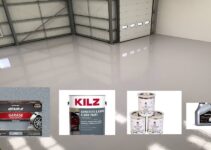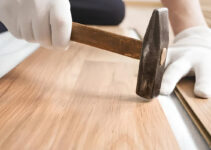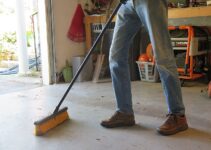Priming Concrete Floors
If you’re considering painting your concrete floor, priming is a crucial step that you shouldn’t skip. Concrete is a porous material, which means it can absorb liquids, including paint.
Applying paint directly on concrete without priming can lead to poor adhesion and eventual peeling or flaking.
By using a suitable primer, you can create a sealed surface that allows the paint to adhere properly and ensures a longer-lasting, beautiful finish.
In this article, we will guide you through the process of priming your concrete floor before painting it.
Understanding the Importance of Priming
Priming is essential for concrete floors because it creates a solid foundation for the paint to adhere to. Concrete is a naturally porous material, and its surface can contain microscopic pores and imperfections.
These pores can trap air and moisture, leading to potential issues with the paint adhering to the surface. When you apply a primer, it acts as a bonding agent that fills in these pores and creates a uniform, smooth surface.
This helps the paint form a strong and lasting bond with the concrete. Without proper priming, the paint may not adhere evenly, leading to an unattractive finish and a higher likelihood of paint chipping, peeling, or flaking.
Choosing the Right Primer
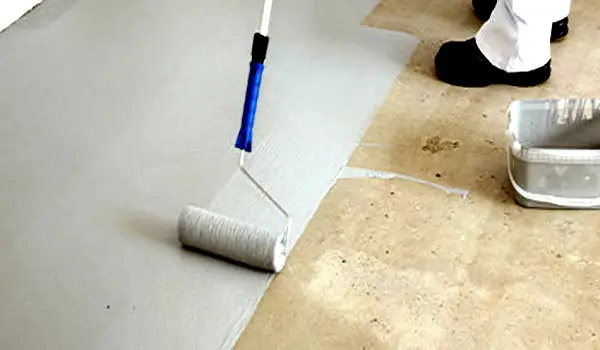
Selecting the appropriate primer is crucial for a successful concrete floor painting project. Different types of primers offer unique advantages, depending on the specific needs of your flooring.
Concrete Bonding Primer
A concrete bonding primer is a versatile option suitable for most types of concrete. It provides an excellent base for the paint and promotes strong adhesion.
This type of primer contains bonding agents that deeply penetrate the concrete’s surface, ensuring that the paint adheres securely.
If you’re unsure about the type of concrete you have or if you want a primer that works well in various situations, a concrete bonding primer is a reliable choice.
Epoxy Primer
An epoxy primer is a more durable choice, making it ideal for high-traffic areas or spaces where the floor will be subjected to heavy use. Epoxy primers form a tough, resilient coating that can withstand abrasion and impacts better than traditional primers.
They are particularly useful for concrete floors in garages, warehouses, workshops, or any area with constant foot traffic or equipment movement.
Epoxy primers are resistant to chemicals and staining, ensuring the floor’s longevity even in challenging environments.
Moisture-Sealing Primer
For concrete floors in areas with high humidity or moisture issues, a moisture-sealing primer is an excellent option.
Excess moisture can compromise the paint’s adhesion and lead to bubbling or peeling. A moisture-sealing primer creates a barrier that prevents moisture from seeping into the concrete.
This type of primer is particularly useful for basements, laundry rooms, or any area where the concrete floor is exposed to dampness regularly.
Preparing the Concrete Floor
Before applying the primer, you must prepare the concrete floor to ensure the best results. Follow these steps:
Clean the Floor
Sweep or vacuum the floor to remove any dust, dirt, or debris. If the concrete is stained, use a mild detergent and water to clean it thoroughly. Stubborn stains may require a bit of scrubbing to ensure the surface is completely clean.
Cleaning the floor is crucial to provide the primer with a clean canvas to adhere to, ensuring optimal bonding.
Allow Drying
Let the floor dry completely after cleaning it. Moisture on the surface can interfere with the primer’s ability to adhere to the concrete. Depending on the weather conditions and humidity levels, this may take a few hours or up to a full day.
It’s essential to be patient and allow the concrete to dry completely before proceeding to the next step.
Applying the Primer
Once the concrete floor is clean and dry, you can proceed with applying the primer. Here’s how:
Choose a Suitable Applicator
A roller or brush is commonly used for applying concrete primer. Select the one that suits your preference and ensures even coverage.
Rollers are efficient for larger areas, while brushes are better for reaching corners and edges. Whichever tool you choose, make sure it provides you with control over the application to achieve a smooth finish.
Apply Two Coats
Apply the first coat of primer evenly across the floor. Start at one end and work your way to the other, making sure the layer is consistent and smooth. Allow the first coat to dry completely before applying the second coat.
The second coat ensures better coverage and helps in building a stronger bond between the concrete and the paint. It’s essential to follow the manufacturer’s instructions for the drying time between coats.
Best Concrete Floor Primers
There are various concrete floor primers available in the market. Here are some of the best options:
Watco New Concrete Primer
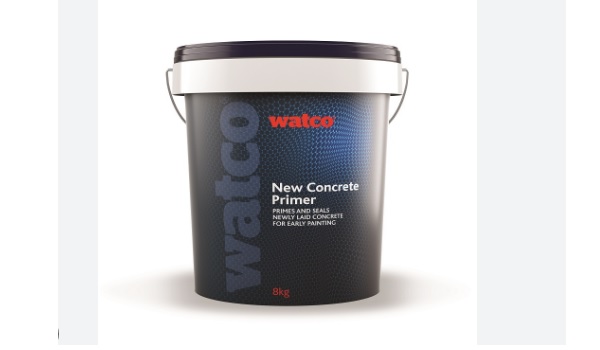
Watco New Concrete Primer is a solvent-free, epoxy resin liquid moisture barrier that can be used to seal newly laid concrete floors.
It is designed to suppress construction moisture, allowing the floor to be painted and put into use quickly without waiting for the concrete to dry out.
Watco New Concrete Primer is also suitable for areas subject to heavy traffic and can be used with underfloor heating systems.
Here are some of the features and benefits of Watco New Concrete Primer:
- Suppresses construction moisture, allowing the floor to be painted and put into use quickly.
- Virtually solvent free, making it safe for use in indoor and outdoor applications.
- Withstands up to 98% RH (relative humidity).
- Only one coat is normally needed for a completely sealed surface.
- Ready for overcoating in 16 hours.
- Suitable for heavy wear areas.
- Flexible.
- Can be used with underfloor heating systems.
If you are looking for a primer to seal newly laid concrete floors, Watco New Concrete Primer is a good option. It is easy to use and provides a durable, moisture-resistant barrier that will help your paint job last for years to come.
Zinsser Bulls Eye 1-2-3 Primer
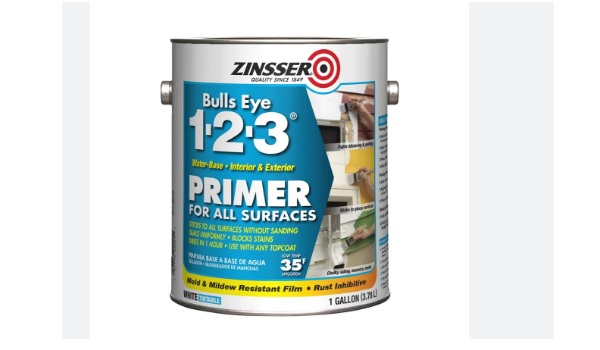
Zinsser Bulls Eye 1-2-3 Primer is a water-based, acrylic latex primer that can be used on a variety of surfaces, including concrete, wood, metal, and drywall.
It is a good all-purpose primer that provides excellent adhesion and coverage. Zinsser Bulls Eye 1-2-3 Primer is also quick-drying and can be recoated in as little as 1 hour.
Here are some of the features and benefits of Zinsser Bulls Eye 1-2-3 Primer:
- All-purpose primer for a variety of surfaces
- Excellent adhesion and coverage
- Quick-drying
- Recoat in as little as 1 hour
- Low odor
- Low VOC
- Stain blocking
- Rust inhibiting
If you are looking for a versatile and easy-to-use primer, Zinsser Bulls Eye 1-2-3 Primer is a good option. It is a good value for the price and can be used on a variety of projects.
Rust-Oleum Concrete and Masonry Primer
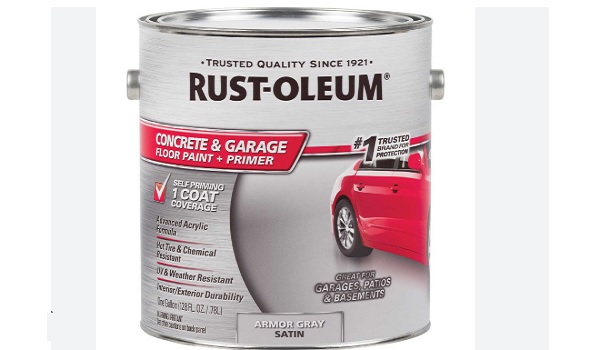
Rust-Oleum Concrete and Masonry Primer is a water-based, acrylic latex primer that is specifically designed for concrete and masonry surfaces.
It is a good all-purpose primer that provides excellent adhesion and coverage. Rust-Oleum Concrete and Masonry Primer is also quick-drying and can be recoated in as little as 2 hours.
Here are some of the features and benefits of Rust-Oleum Concrete and Masonry Primer:
- Specifically designed for concrete and masonry surfaces
- Excellent adhesion and coverage
- Quick-drying
- Recoat in as little as 2 hours
- Low odor
- Low VOC
- Stain blocking
- Mildew resistant
If you are looking for a primer to use on concrete or masonry surfaces, Rust-Oleum Concrete and Masonry Primer is a good option. It is easy to use and provides a durable, long-lasting surface that will help your paint job last for years to come.
KILZ Original Latex Primer
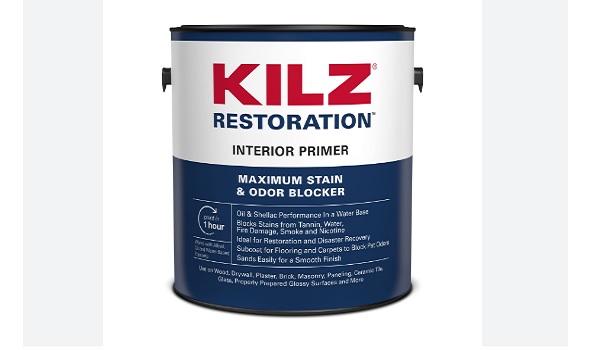
KILZ Original Latex Primer is a water-based, acrylic latex primer that is specifically designed for interior use. It is a good all-purpose primer that provides excellent adhesion and coverage.
KILZ Original Latex Primer is also low-odor and low-VOC, making it a safe option for indoor use.
Here are some of the features and benefits of KILZ Original Latex Primer:
- Specifically designed for interior use
- Excellent adhesion and coverage
- Low-odor and low-VOC
- Stain blocking
- Mildew resistant
- Ready to apply in 30 minutes
- Can be top-coated with latex or oil-based paint
If you are looking for a primer to use on interior surfaces, KILZ Original Latex Primer is a good option. It is easy to use, provides a durable, long-lasting surface, and is safe for indoor use.
Conclusion
Priming your concrete floor is an essential step before painting it. A primer helps in achieving a better paint bond, ensuring a more durable and aesthetically pleasing finish.
By following the steps outlined in this guide and using the right primer, you can transform your concrete floor into a stunning feature of your space.
